Empowering Packaged Goods Manufacturers to Manage Multi-Dimensional Complexity
The packaged goods industry is unlike any other. Packaged Goods (CPG/FMCG) manufacturers face multi-dimensional data challenges that generic PIM solutions simply cannot address.
SyncForce Circular PIM is designed to handle these real-world complexities, empowering manufacturers with tailored tools to manage data for commerce, operations, sustainability, regulatory compliance, and more.
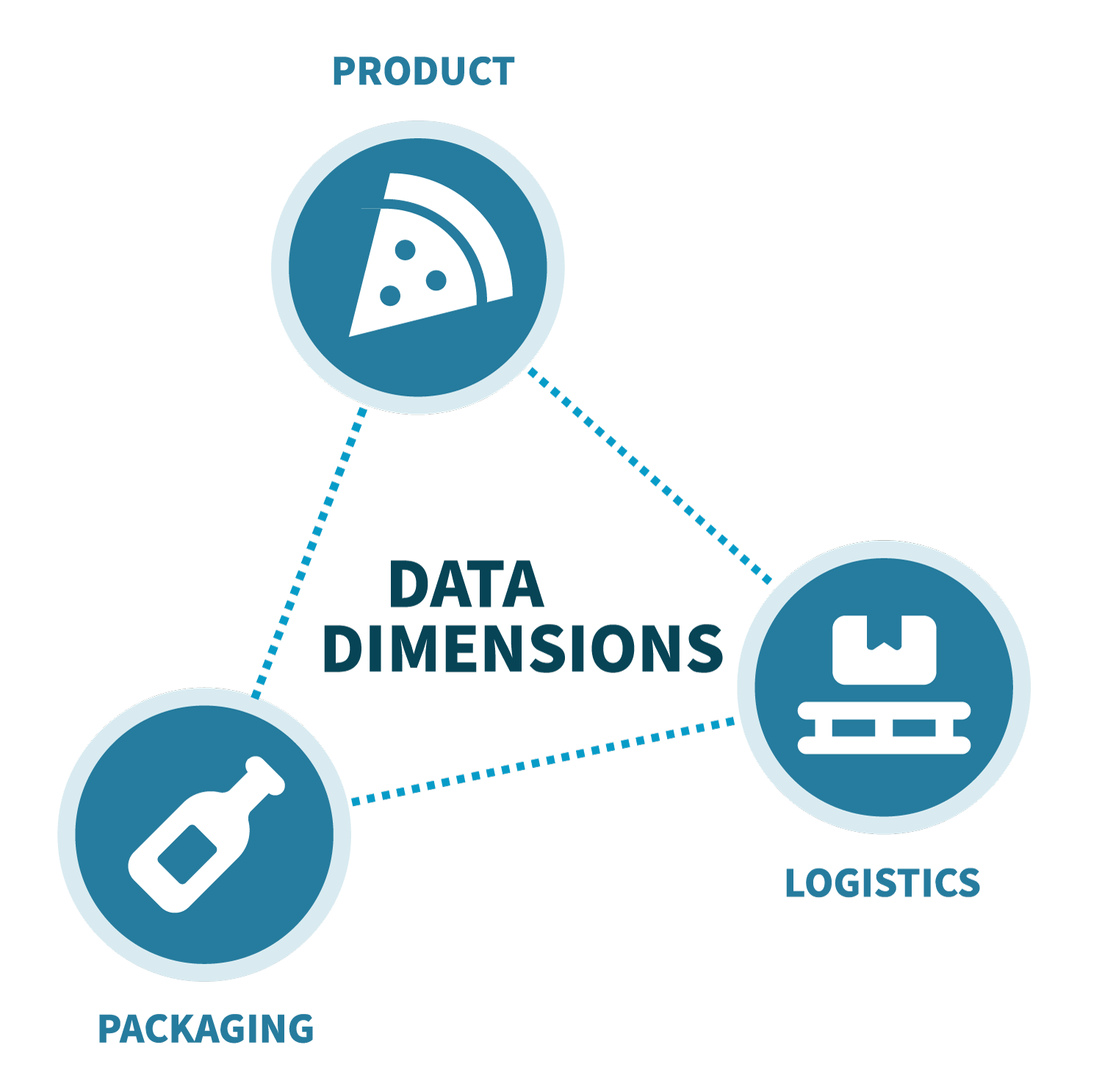
A Multi-Dimensional Approach to Data Mastery
Unlike traditional PIMs, which originated in eCommerce and focus solely on product data for webshops and marketplaces, SyncForce delivers a holistic approach.
Our tailored modules address every layer of the packaged goods portfolio—product, packaging, and logistics—providing the only solution that truly works in the real world of packaged goods manufacturing.
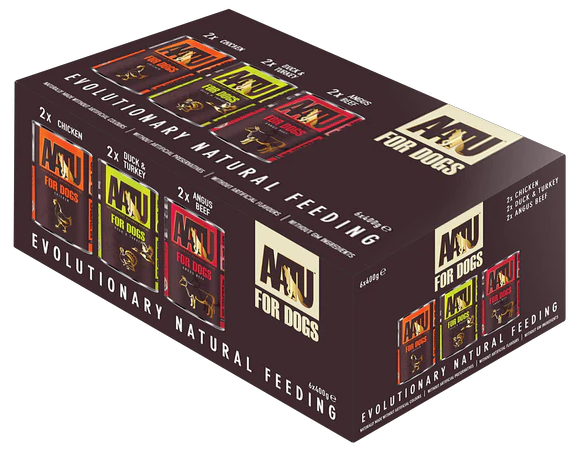
Product Complexity: From Single Items to Mixed Labels
CPG/FMCG manufacturers must manage a diverse portfolio of:
- Single Products: Individual products with their own labels and packaging.
- Mixed Products: Consumer packaging contains multiple components without individual labels; all information is consolidated on the outer packaging.
- Multi-Packs & Variety Packs:
- Multi-Packs: Multiple units of the same product in a single package.
- Variety Packs: Single packaging containing multiple distinct products, each with its own label.
- Sales Bundles: Grouped products sold together, typically with individual packaging for each component (e.g., starter packs with tools or consumables individually packed).
SyncForce is the only PIM that supports mixed-label management by linking semi-finished goods to finished goods through the Bill of Materials Module, enabling split label declarations. This capability is critical for regulated industries like food and pet food.
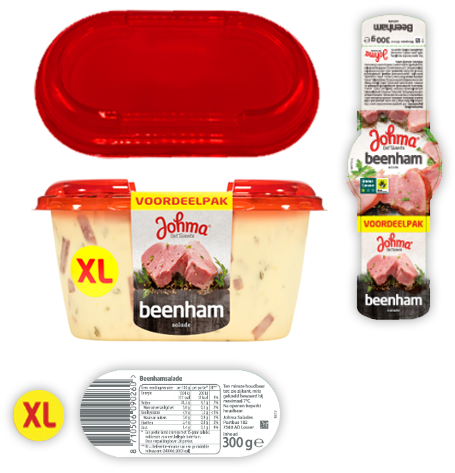
Packaging Complexity: Managing Sustainability and Multi-Layer Data
In packaged goods manufacturing, the packaging is as critical as the product itself. SyncForce’s Packaging Data Manager allows you to:
- Manage multiple packaging components (e.g., bottle, cap, label) with detailed specifications for each material, including layered composites with recycling and sustainability data.
- Address regional packaging localization, enabling automatic activation of product languages and claims specific to markets.
- Stay ahead of regulatory and sustainability demands, including CSRD, PPWR, and national packaging taxes.
Example: Packaging for a food product may consist of multiple elements, such as a bottle, cap, and label, with each requiring its own data for material composition, recyclability, and sustainability metrics.
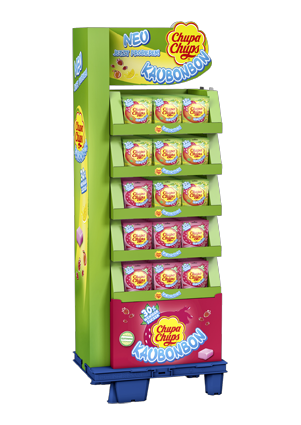
Logistics Complexity: Adapting to Retailer Requirements
Logistics in CPG/FMCG manufacturing involves multiple configurations that most PIMs cannot handle. SyncForce’s Trade Hierarchy Manager supports:
- Single and mixed pallets, including customized configurations for specific retailers or regions.
- Mixed displays (e.g., floor displays, shelf-ready trays) with up to seven levels of complexity.
- Multiple logistic setups, such as one-way pallets for export markets and returnable pallets for domestic markets.
Example: One of our customers has over 50 trade hierarchies for a single product, including various mixed displays and stacking requirements. SyncForce handles this seamlessly, reducing administrative burden and improving speed to market.

Tailored Modules for Packaged Goods Manufacturing
SyncForce bridges the gap between traditional data models and the real-world logic required in CPG/FMCG, offering specialized modules:
- Packaging Data Manager: Comprehensive management of multi-layer packaging components.
- Label Information Manager: Handles regulatory compliance for food, pet food, and other regulated products.
- List of Ingredients/Formula Manager: Designed for food, pet food, home care, personal care, and adhesives.
- Regulated Claims Manager: Ensures compliance for marketing and legal claims.
- Bill of Materials Manager: Links semi-finished and finished goods with reusable components.
- Trade Hierarchy Manager: Configures unlimited trade hierarchies for seamless logistics planning.
- Integrated Digital Asset Management (DAM):
- Manage digital assets as data objects with metadata tailored to their type (e.g., images, videos, documents).
- Automatically generate multiple file types (e.g., high-res for print, web-ready formats) for various use cases.
- Link assets across products, components, and shipping units (e.g., packaging artwork tied to both displays and consumer units).
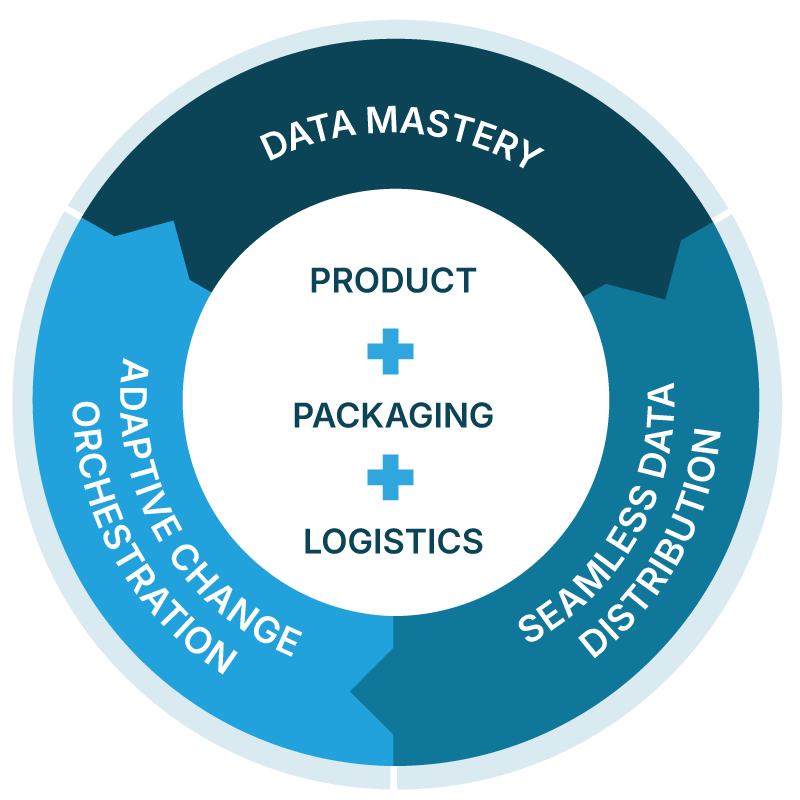
Why SyncForce Stands Out
- Built for CPG/FMCG
Unlike eCommerce-focused PIMs, SyncForce was designed for manufacturers managing complex portfolios across product, packaging, and logistics dimensions. - World of Logic Meets World of Data
SyncForce combines advanced data modeling with tailored workflows, bridging the gap that other PIMs leave unaddressed. - Regulatory and Sustainability Ready
With features aligned to European regulations and sustainability goals, SyncForce ensures compliance with CSRD, PPWR, ESPR (EU-DPP), and packaging tax requirements. - Future-Proof Scalability
From managing thousands of SKUs to handling evolving ESG and tax requirements, SyncForce adapts to your needs today and tomorrow.
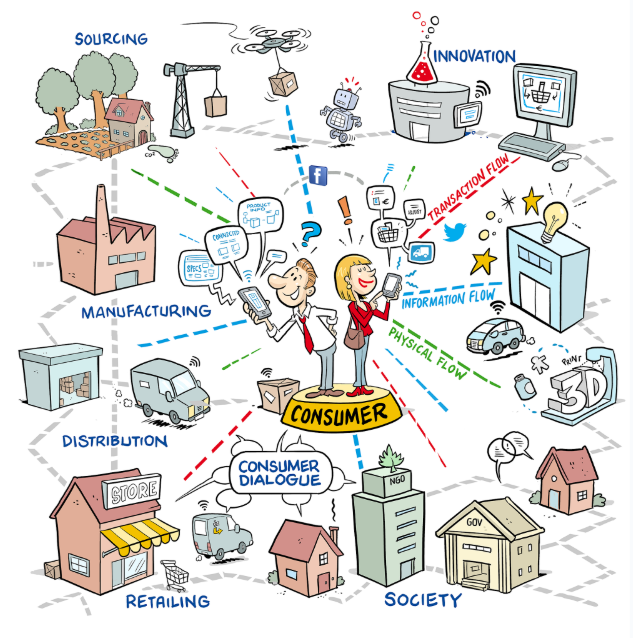
Ready for Real-World Complexity?
If your company manages a multi-dimensional portfolio across product, packaging, and logistics, SyncForce is almost certainly the only PIM that can handle your challenges.
After 25 years, over 300 major releases, and countless innovations, we confidently claim our niche: The Only PIM That Works in the Real World of Packaged Goods Manufacturing.
Let’s make your complex data simple.